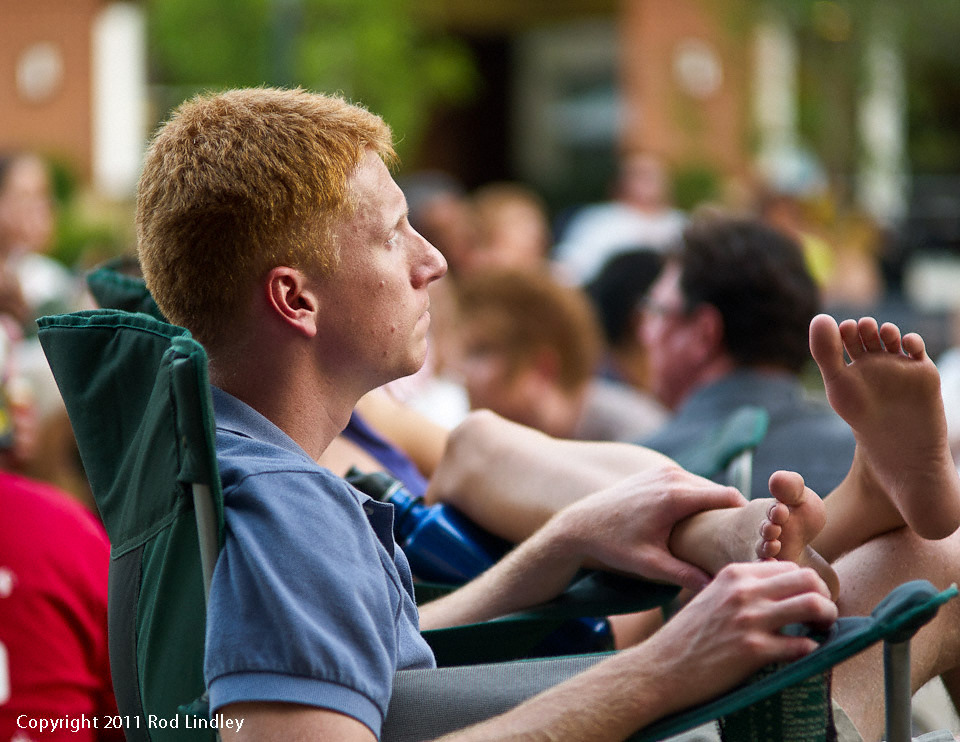Hacker you are a tease. I'm not sure if it's your favourite in appearance, or it's 'drawing'.
Presumably he's a fan of the Sonnar lens design, used on the 50mm f/1.5 Zeiss, um, Sonnar and the old 50mm f/1.4 Nikkor rangefinder lens as well as the Canon 50/1.5 and various other high-speed lenses of the '30s to early '50s.
The Sonnar design was intended to minimize the number of air-glass surfaces in the lens, which was an important consideration before lens coating became widely available in the late 1940s. An excessive number of uncoated air-glass surfaces caused flare and a loss of light transmission, so the Sonnar consolidated as many lens elements as possible into cemented groups. This consolidation reduced the lens designer's latitude for controlling lens aberrations, but in the pre-coating era this was considered a good tradeoff for reduced flare and light loss.
The advent of lens coating so dramatically reduced the surface-reflection problem that the symmetrical double-Gauss lens design, which always had been known to be theoretically superior, became practical for use in high-speed optics, and the Sonnar type mostly faded away for 50mm lens use by the late 1950s, when the Leica Summicron and Summilux, the Canon 50/1.4, and other more modern designs began to be introduced.
However, the Sonnar-type lens' distinctive palette of aberrations gives its images a "vintage" look that many users find appealing. It's always a bit tricky describing such a qualitative trait in words, but I'd say that the Sonnar "look" includes good texture contrast, good central sharpness, a gradual fall-off in sharpness toward the corners, and (the cool bit) a haziness to highlights at wide apertures that gives the light in a scene an almost tangible presence, like a hint of early-morning fog.
If you're looking for a 50 that has the same characteristics and can be used the same way as a modern 50mm lens, the Canon 50/1.4 is an excellent choice; basically it IS an early (and successful) example of the modern style of 50mm lens design.
If you're looking for a 50 that gives up some corner-to-corner sharpness but conveys a bit more of the look of the golden age of magazine photojournalism, the Canon 50/1.5 or another Sonnar-type lens might be worth seeking out.
All just my opinion, of course...



